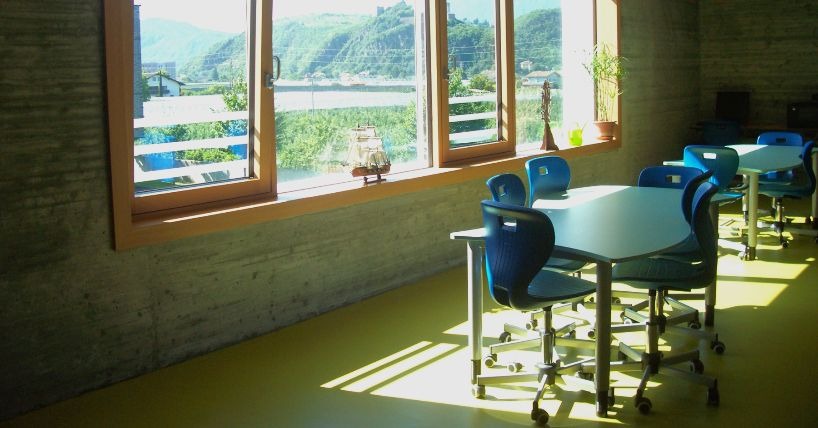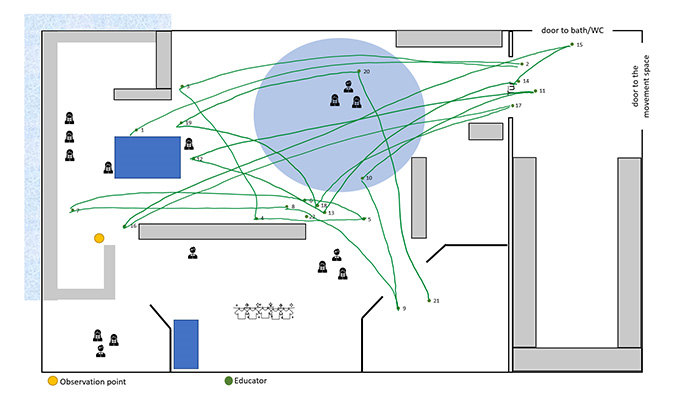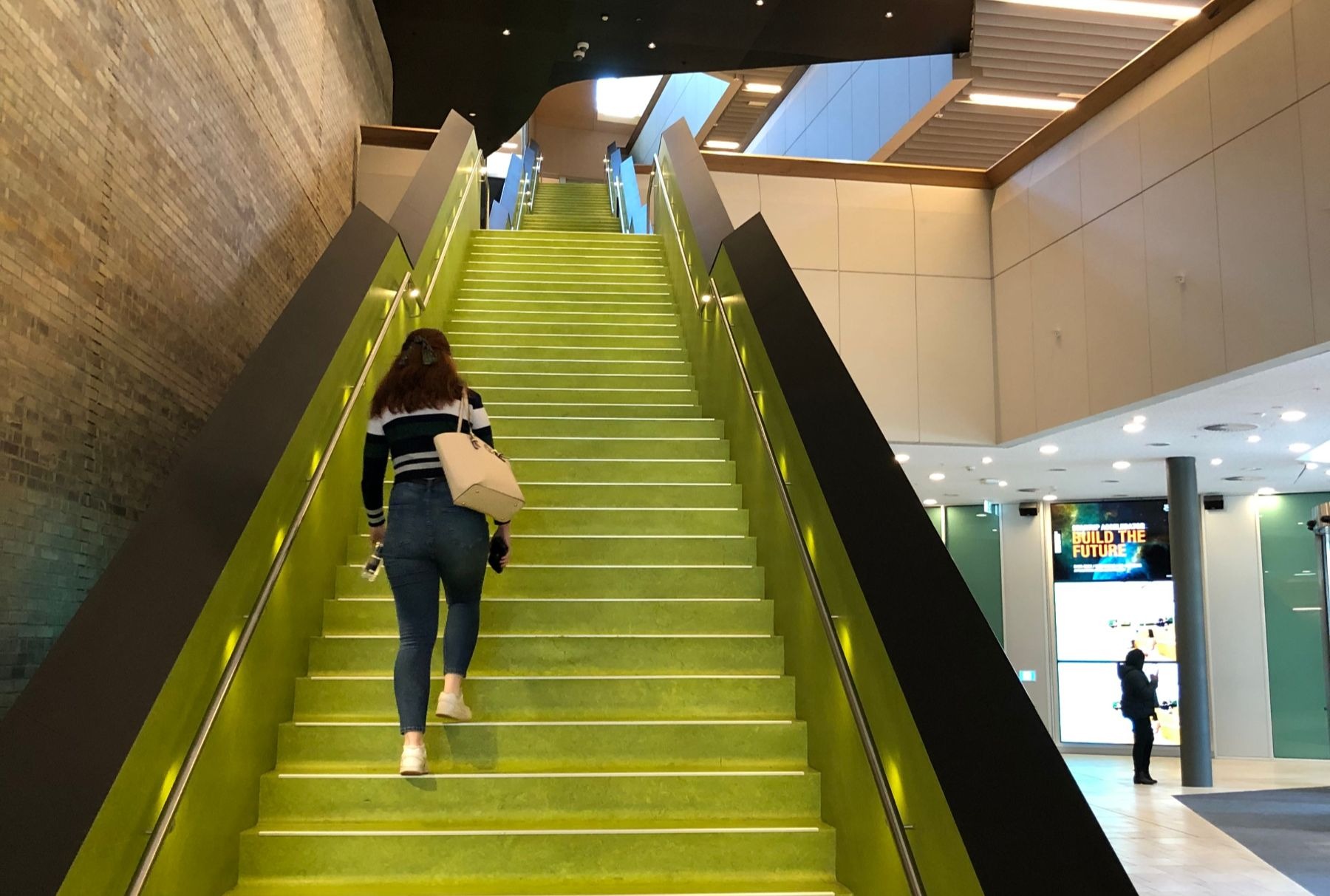About CoReD
CoReD - Collaborative ReDesign with Schools - "Getting together to change school space".
Well-designed spaces are important to education
Physical space and material resources make a difference to learning and teaching. Research conducted over the last half century in many different countries and multiple educational settings, has shown the impact of the physical learning environment. Learning spaces can:
- impact on learners' wellbeing, engagement and attainment
- provide pivotal support for school-level change
But no learning environment, however ‘innovative’, is a magic bullet. Space and equipment only get teachers and students so far. Across all types of educational resources, both physical and digital, the key to success is achieving a match between what you have and want (and are able) to do with it.

The importance of collaboration
To align the design and use of educational settings, people need to work together. Collaboration is central to develop shared understandings of educational values and goals; of the processes and activities needed to achieve these; and of the choice and arrangement of physical resources and spaces that these activities require. Such collaborations will be different every time, with many local decisions to be made. There are, however, some consistencies across participatory processes. Collaboration takes time, and it can be hard to know how to approach discussions about school space with people who see it from the perspective of users, rather than as planners or designers.
The CoReD resources
This is where the CoReD project comes in. Researchers and schools in six European countries worked together to understand better the design and use of their educational spaces. Through the project we developed resources, all hosted on this website, that school communities can continue to use to develop their own premises: six different tools with their instructions (in 6 languages), case studies of their use in a range of settings and guides which cover each of four principles for facilitating successful collaborative engagement about school space. These four principles are intended to help users foreground particular aspects of the challenges of thinking together about the design and use of educational space. They are underpinned by research about learning environments and participation in design, but their articulation is derived from practical experience.

The four principles for facilitating successful collaborative engagement about school space.
To facilitate successful collaborative engagement about school space, you need to…
- Start where people are (mentally and physically);
- Understand the intertwining of physical, organisational and social aspects of school environment;
- Facilitate the exploration of ideas and possibilities;
- Appreciate the complex, lengthy process that is change.
There is a logic to the order of the principles. The first two highlight some foundational ideas about how users experience school space, while P3 is aimed at planning improvement and P4 refers to an overarching understanding of change as a complex process. We recognise, however, that every school community’s engagement with understanding their use of physical space will be different. Their interests will be initiated by different circumstances and come with differing opportunities for change. We have therefore not tied our principles to specific stages of a design process and to that end our guides can be dipped into as appropriate enabling a school community to create a series of activities to suit their circumstances.
What the evidence does show us is that, whatever form engagement takes, there are benefits for educational leaders and practitioners, and their wider school communities, of developing understandings of their premises as they are – and as they could be.
We hope you find inspiration from our website to begin this collaborative process together….

